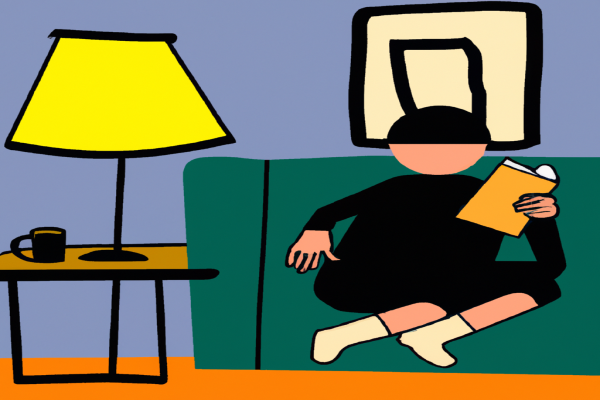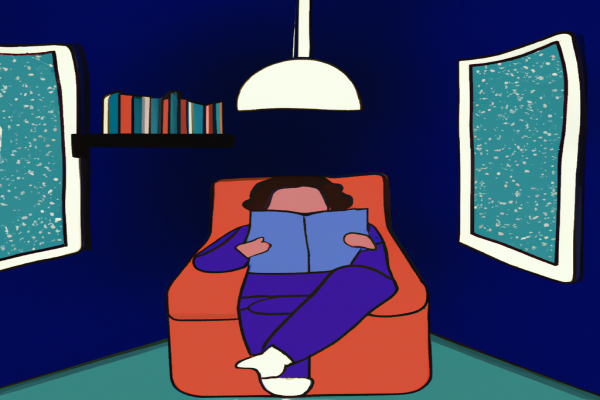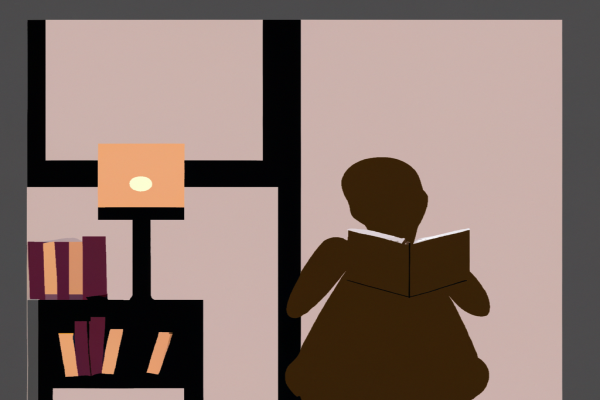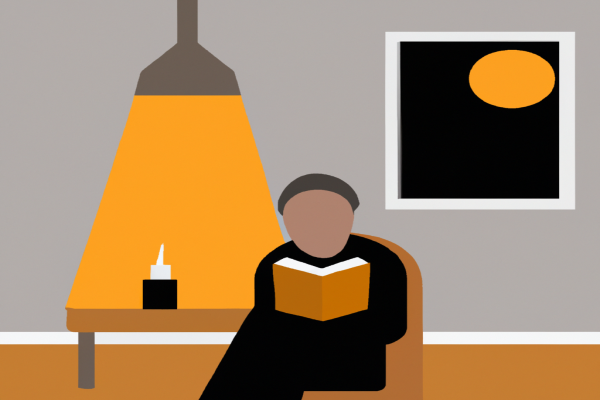The Picture of Dorian Gray: Summary
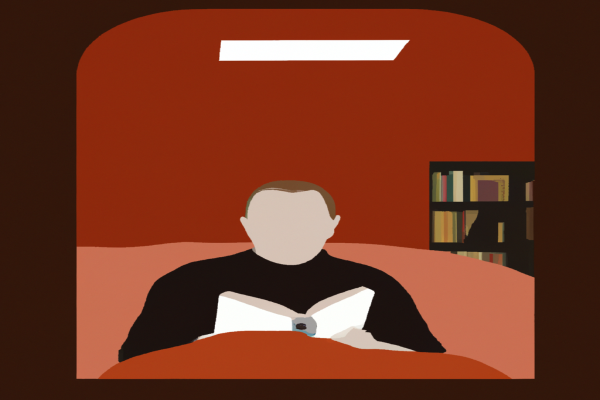
The Picture of Dorian Gray is a novel written by Oscar Wilde in 1890. It follows the life of its protagonist, Dorian Gray, who remains youthful and beautiful while a portrait of him ages with each of his misdeeds. When he meets Lord Henry Wotton, Dorian is seduced by the idea of living for pleasure and defying social conventions. He begins to make increasingly immoral decisions, which eventually lead to tragedy. The novel explores themes such as vanity, corruption, and morality.
Want to know more?
What is The Picture of Dorian Gray about?
The Picture of Dorian Gray is a classic novel by Oscar Wilde that explores the consequences of moral decadence and vanity. The main theme of this novel is the idea of personal responsibility: Dorian Gray makes a deal with the devil to remain forever young, while his portrait ages in his stead. This leads to Dorian leading a hedonistic lifestyle without having to face any of the consequences. As time passes, Dorian's portrait grows increasingly disfigured and ugly, reflecting the corruption in his soul. In the end, it is only when he realizes that he alone is responsible for his own actions and choices that he finds redemption. Other themes explored in this novel include the power of art, beauty versus ugliness, and mortality.
The Picture of Dorian Gray: Book Club Questions
- What is the significance of the portrait in the novel?
- How does Dorian Gray's character evolve throughout the story?
- In what ways does the novel explore morality, particularly with regards to beauty and youth?
- What do you think Oscar Wilde was trying to say about society through the characters of Lord Henry and Basil Hallward?
- What does Dorian’s relationship with Sibyl Vane tell us about his character?
- Does society’s view of beauty and youth remain relevant today?
- Why do you think Dorian Gray chose to keep his portrait a secret?
- How did Lord Henry's influence affect Dorian's actions and decisions?
- Do you think Dorian Gray was ultimately redeemed, or is he a cautionary tale?
- How did The Picture of Dorian Gray challenge societal norms and conventions of its time?
What to say about The Picture of Dorian Gray
- The Picture of Dorian Gray is a classic exploration of the consequences of vanity and moral decay.
- Oscar Wilde's masterful use of satire and wit makes for a captivating read.
- The Picture of Dorian Gray provides an interesting commentary on the power of beauty, and the dangers of absolute self-indulgence.
- The novel is a cautionary tale about the dangers of pursuing pleasure at any cost.
- Wilde's description of Dorian's descent into moral decline is both thought-provoking and chilling.
- The Picture of Dorian Gray questions the idea that beauty can be preserved through art, or extreme hedonism.
- It is an insightful examination of the human capacity for self-deception, and the lengths we will go to preserve our own vanity.
- By juxtaposing Lord Henry's philosophies with Dorian's eventual fate, Wilde effectively highlights the consequences of unchecked indulgence.
- Through its complex characters and thought-provoking themes, The Picture of Dorian Gray offers readers a powerful reminder not to take life at face value.
- Ultimately, The Picture of Dorian Gray serves as a warning against placing too much emphasis on outward appearances and youthfulness without considering the inner implications for our characters and lives as a whole.
Top 5 Quotes from The Picture of Dorian Gray
- "The only way to get rid of a temptation is to yield to it."
- "Experience is merely the name men gave to their mistakes."
- "To reveal art and conceal the artist is art's aim."
- "It is better to be beautiful than good, but it is better to be good than ugly."
- "Words have no power to impress the mind without the exquisite horror of their reality."
Adaptations of The Picture of Dorian Gray
1. The Picture of Dorian Gray (1945) - This is a feature-length film adaptation of Oscar Wilde's novel starring Hurd Hatfield, George Sanders, Donna Reed and Angela Lansbury. 2. The Picture of Dorian Gray (1973) - This is a British television movie directed by David Giles and starring Peter Firth, Jeremy Brett, and John Gielgud. 3. The Picture of Dorian Gray (1976) - This is a British television movie directed by Michael Hayes and starring John Gielgud, Oliver Reed, and Peter Firth. 4. The Picture of Dorian Gray (1977) - This is a miniseries produced by the BBC, written by Christopher Hampton and starring Peter Firth, James Wilby, and Annette Crosbie. 5. The Picture of Dorian Gray (2009) - This is an independent film adaptation directed by Oliver Parker starring Ben Barnes, Colin Firth, Rebecca Hall, and Emilia Fox. 6. The Picture of Dorian Gray (2020) - This is a BBC Radio 4 adaptation written by Nick Dear and starring Toby Jones as Dorian Gray and Marianne Oldham as Sibyl Vane.
Other books by Oscar Wilde
- The Importance of Being Earnest
- Lady Windermere's Fan
- An Ideal Husband
- A Woman of No Importance
- Salomé
- The Ballad of Reading Gaol
- De Profundis
- Intentions
- Poems by Oscar Wilde
- The Duchess of Padua
- A House of Pomegranates
- Lord Arthur Savile's Crime and Other Stories
- A Critic in Pall Mall
Did you know?
The Picture of Dorian Gray was first published in the literary magazine Lippincott's Monthly Magazine in 1890 and was met with controversy due to its themes of immoral behavior and hedonistic lifestyle.

